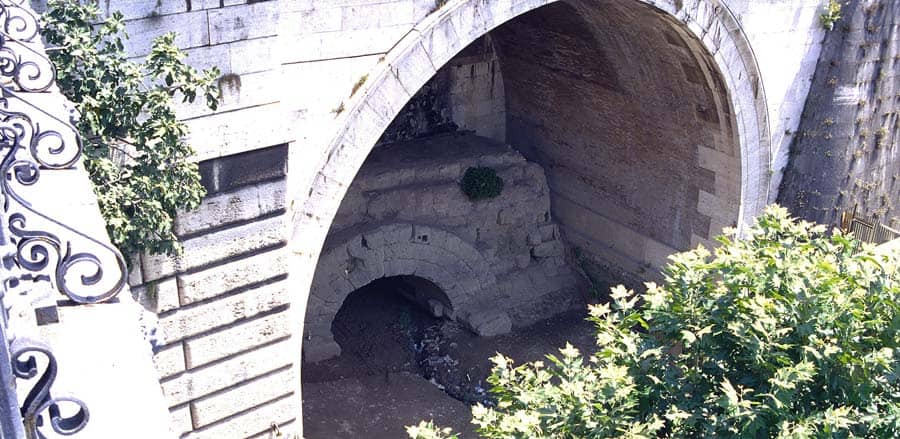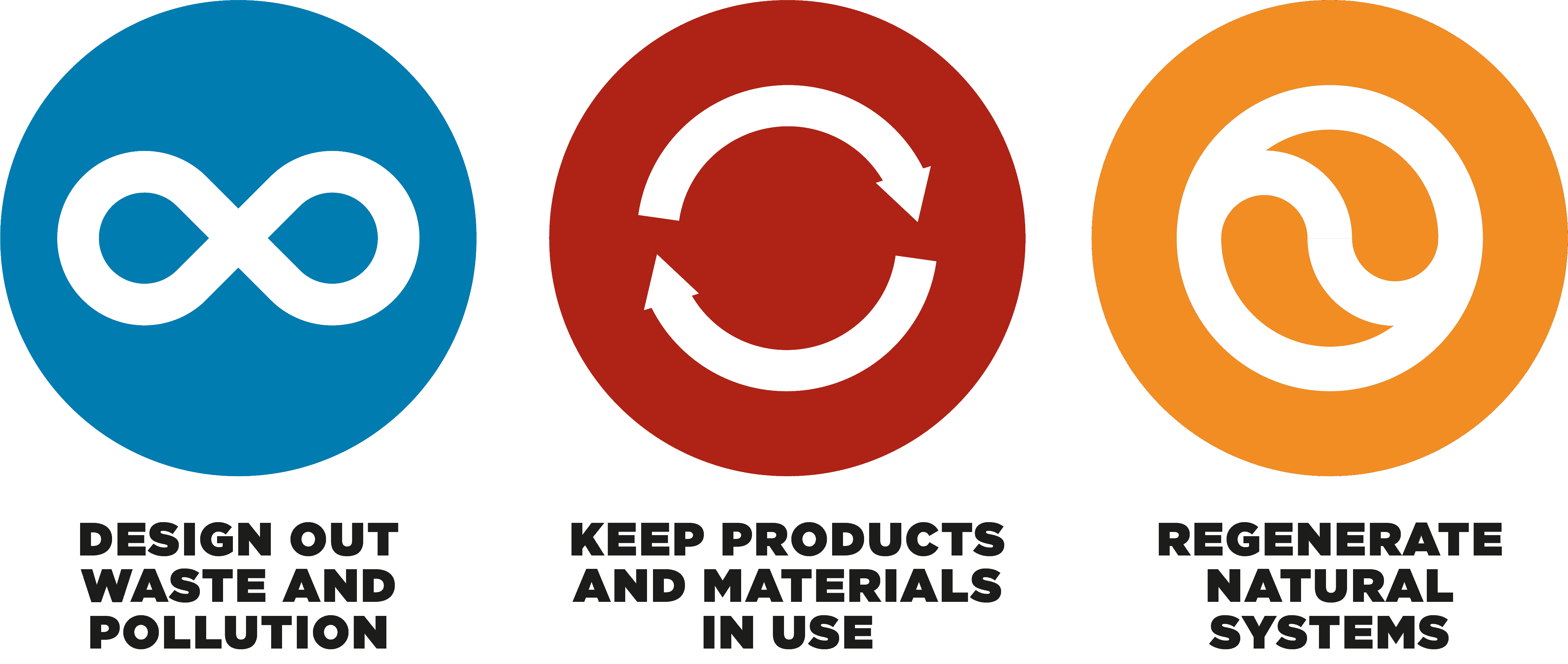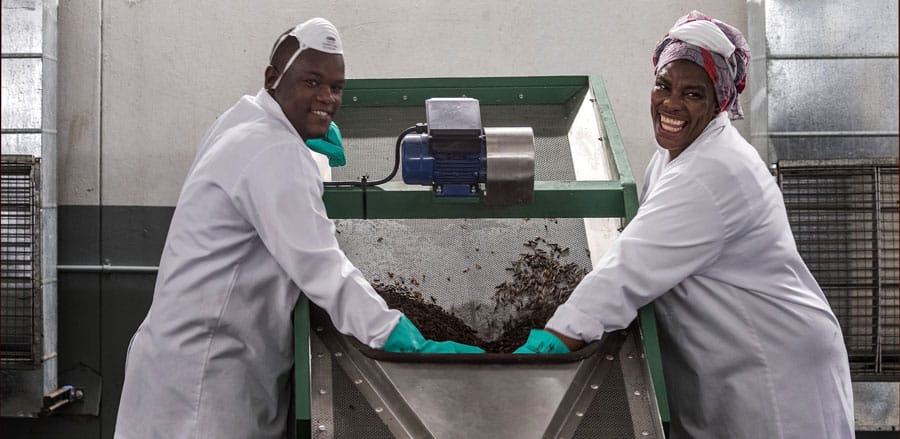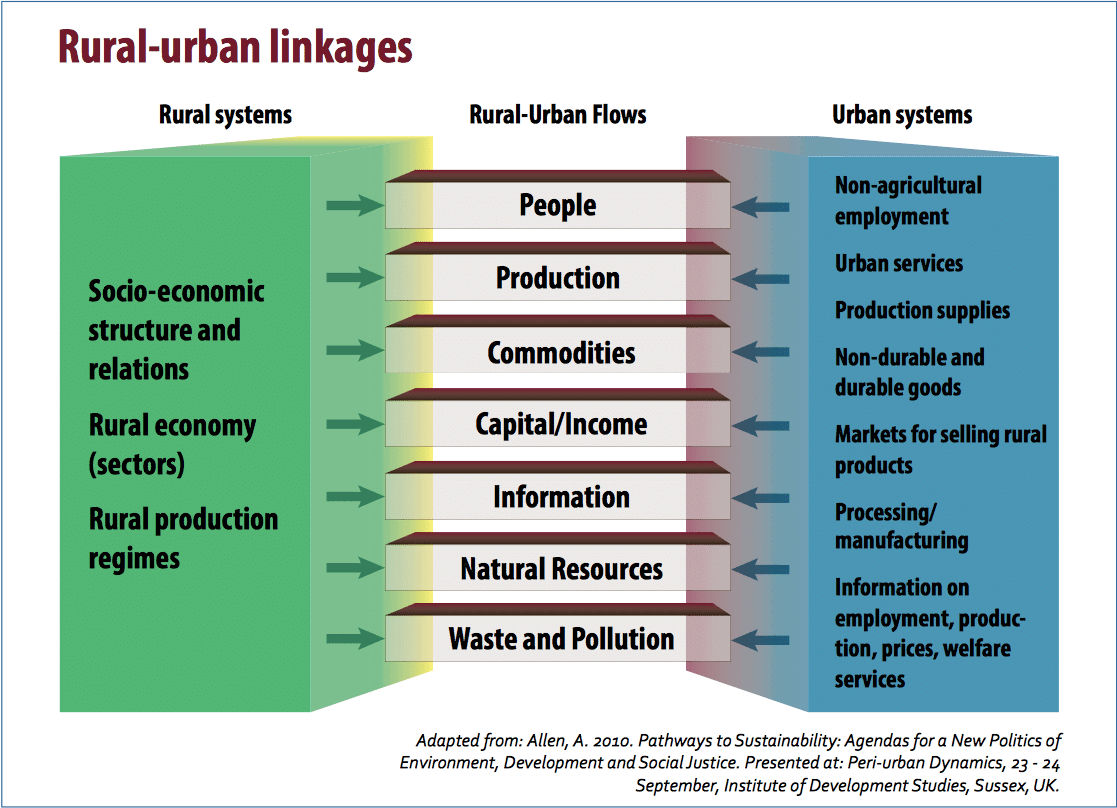Circular Economies – Benefits for an Urban Setting
The waste produced by cities does not need to be dumped – but instead can become the starting point of a new production cycle, argues Nick Jeffries from the Ellen MacArthur Foundation.
Lessons from History
In 1909, Franklin Hiram King, a US Department of Agriculture official, took a nine-month study tour to Asia, to understand how densely populated countries such as China had managed to produce so much food abundance for century after century without depleting their soils.
One of King’s key findings, which were published in the still popular book Farmers of 40 Centuries (1911), was the way the Chinese managed human excreta from cities, which was collected, fermented, dried, and cycled back to farmers, earning a high price to the ‘night soil’ businessmen, while at the same time contributing to healthy soils in the farmland around cities.
Compare this to the approach of the Romans, who instead installed networks of sewers, including monumental structures like the cloaca maxima, which was so wide that the Roman Consul Agrippa carried out his inspection by riding a carriage through it. The system of drains collected waste flows, safely conveying them away from the city and disposing into the sea.
While bringing unquestionable public health benefits to the city of Rome, the system also facilitated centuries of linear nutrient flows, leading to, in the words of agricultural historian David Montgomery, “a devastating effect on soil structure and stability”. Eventually, the soils around Rome became so tired and unproductive that the empire’s breadbasket had to move to the fertile plains of North Africa.

Rome’s Cloaca Maxima – still functioning after two millennia © Tyler Bell/Flickr (CC BY 2.0)
Harnessing Positive Urban-Rural Linkages
Contrasting the impacts of the Chinese and Roman ancient approaches to urban human waste management provides a powerful illustration of how urban-rural relationships can be either costly and degrading, or regenerating and value-creating. The huge appetite of cities, coupled with their one-way nutrient flow, was the starting point for the Ellen Macarthur’s Foundation’s Cities and Circular Economy for Food report.
The year-long study, engaging over 150 urban food actors asked the question: how can cities harness their demand power and nutrient production to help reverse some of the negative impacts of the global food system?
The Ellen MacArthur Foundation analysis started by defining in detail the current linear food system, calculating that for every dollar spent on food, there were two dollars worth of negative impacts, half of which are attributed to energy-intensive, carbon-emitting, biodiversity-destroying, air-and-water-polluting food production systems.
The report concluded that a food system based on the principles of the circular economy (see below) – in which cities increase sourcing of regeneratively grown food, make more effective use of food resources, and redesign meals and food products – can flip the impact of cities from negative to positive. Adopting these three pillars, the urban food system has the potential to be a major driver of food system transformation.

Three principles of the Circular Economy © Ellen MacArthur Foundation
What Does a Circular Economy of Food Look Like in Reality?
In nature, there is no such thing as waste; everything is food for the next stage of the cycle. The simple re-imagining of a problematic material into a useful feedstock has the potential to unlock opportunities in innovative circular bioeconomy businesses located in and around cities.
A good proponent of this idea is Agriprotein from South Africa, a company that uses discarded food by-products and waste to grow black soldier fly larvae, producing protein-rich feed for fish and poultry farms, as well as high quality compost to regenerate soils in peri-urban farms. One Agriprotein factory can process 250 tons of urban waste each day, produce revenues of 7.5 million dollars each year, and create many jobs for the local economy.

Operations colleagues © AgriProtein www.agriprotein.com
Wastewater contains a huge amount of chemical and heat energy, so why not turn the treatment process from energy user to energy generator? A number of innovative utilities have achieved this unlikely feat through different means based on their context.
At the southern tip of Europe, in Cadiz, Spanish company Aqualia uses a different approach to capturing energy from wastewater. Extending from one corner of their El Torno facility is a pair of ‘raceways’, in which algae are cultivated. These microorganisms produce oxygen, while biologically treating the wastewater, almost eliminating the need for an energy supply to the facility. Dead algae are constantly harvested and pumped to an anaerobic digester where they are converted to biogas. The gas is then scrubbed of impurities, leaving pure biomethane, and is then pressurised and used to fuel a fleet of cars. Results from the full-scale pilot facility indicate that just one hectare of algae can treat the effluent of 5,000 people and produce enough biofuel to power 20 cars driving 30,000 kilometres a year.
Energy is not the only resource that can be recovered from wastewater, Ostara technologies from Canada, has developed a technology that can be incorporated into treatment plants allowing phosphorus and other nutrients to be recovered from industrial and municipal wastewater streams. The product can then be marketed, distributed, and sold to blenders, growers, and farmers as a pure and effective fertiliser, produced from resources that would otherwise be wasted. Ostara is a great example of how the legacy of Chinese night soil collectors can be translated onto the modern world.
Not Just Material Flows
The infographic below shows the different flows of physical and non-physical resources moving between rural and city regions. One last example from Africa demonstrates how re-directing a non-material flow, namely financial capital, can benefit both urban and rural stakeholders.

Flows across the rural urban continuum
In Nairobi, around 90 per cent of the drinking water demand as well as a high proportion of the city’s power is supplied by the Tana River. In recent decades, a growing rural population has led to an expansion of agricultural activities on the steep slopes of the upper catchment of this river. This activity has led to an increase in soil erosion and silt run-off into the river, resulting in frequent expensive de-silting operations in reservoirs, water treatment facilities, bottling plants, and other downstream operations.
In response, the Nature Conservancy established the Upper Tana Water fund, which is paid into by the city utilities and other downstream water users. The fund is used to support and educate over 30,000 farmers in conservation agriculture methods, reducing soil loss, improving soil fertility, and increasing revenues. The amount paid by downstream users is more than covered by the savings they make from the reduction in silt in the water. The water fund is a great example of how system-thinking coupled with targeted finance can allow cities and rural areas to solve problems and mutually benefit.
The Ellen Macarthur Foundation has now mobilised its Food initiative in three flagship cities — London, New York, and São Paulo — as well as a broader network of participant cities, with the aim of mapping their circular economy food vision onto the many different food systems that exist around the world. If you have any questions about the Food initiative, please contact: food@ellenmacarthurfoundation.org
- Circular Economies – Benefits for an Urban Setting - 9. April 2020
